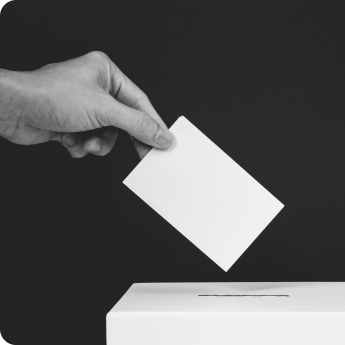Memo
MEMO: Three Statistics that Show the Trump Administration’s Failure on the Paycheck Protection Program & What to Do Next
|
The Paycheck Protection Program (PPP) was established to provide loans to small businesses to keep employees on payroll as the nation’s economy shut down in the midst of the pandemic. The program is set to expire on June 30, after which businesses will no longer be able to apply for relief.
The Trump administration poorly designed and hastily administered the program from the beginning. It failed to do what it was supposed to do: namely, prevent our most vulnerable small businesses from going under during this crisis.
In the end, taxpayers pumped roughly $600 billion into the economy that went mostly to large and well-connected companies, while those small businesses that needed it the most, shuttered. All the while the Trump administration is trying to keep details of the program secret.
In the coming days, Congress should design a program that helps small businesses and their workers and makes transparency a priority. Here are a few statistics why.
14 Percent of PPP Recipients Received 75 Percent of the Benefits
In the face of mounting pressure, the Trump administration announced in a Friday news dump that it would release some basic information on entities receiving PPP loans of more than $150,000. However, it meant that the administration was only committing to disclosing 14 percent of forgivable PPP loans.
The Trump administration said 86 percent of the 4.6 million loans were below $150,000. However, it also said that the disclosure compromise it released would account for nearly 75 percent of taxpayer money that went out the door. In other words, 14 percent of recipients received 75 percent of the benefits.
It should be noted that media and watchdog organizations have been documenting for months how large, well-connected, publicly-owned companies received millions in PPP largesse.
100,000 Small Businesses Gone
Researchers at the University of Illinois, Harvard Business School, Harvard University and the University of Chicago were projecting back in March that already two percent of small businesses were lost to the pandemic. Put into context, that amounts to 100,000 small businesses. Because the program was hastily and poorly designed, many businesses could not get access to loans quickly enough when the PPP began accepting and processing loan applications at the beginning.
40 Percent of Black-Owned Businesses Shuttered in the First Two Months
Research from the University of California at Santa Cruz found that 440,000 Black-owned businesses shuttered from February to mid-April 2020, a decrease of 41 percent. In comparison, white-owned businesses declined 17 percent over the same time period.
This is a striking statistic, but not a surprising one given that many minority-owned businesses had no access to PPP. The Center for Responsible Lending released a report showing approximately 95 percent of Black-owned businesses, 91 percent of Latino-owned businesses, 91 percent of Native Hawaiian or Pacific Islander-owned businesses, and 75 percent of Asian-owned businesses stood close to no chance of having access to credit from PPP when the program first started because of the program’s poor design. One reason is that businesses owned by people of color are less likely to have employees and many are “non-employers” such as independent contractors or sole proprietors. Under the PPP, loans for non-employers were capped at around $20,000 and they were not available until April 10, a week after other small businesses were applying for loans.
In May, one survey found that only 12 percent of Black and Latino businesses that applied for aid through the Small Business Administration (SBA) received the aid they asked for, while another 26 percent said they received a fraction of their request.
What’s Next?
Due to the Trump administration’s poor management and poor implementation of PPP, Accountable.US believes Congress should design a new program that is transparent and will actually benefit the small businesses that need help the most.
What would a new program look like? First, data is key. We need to know how PPP money was spent so we have a better understanding why it failed and how to make taxpayer funds go farther. We need information not just on companies that received loans, but also how much money they received, and how those businesses fared. This information will be invaluable to help ensure that government is able to run successful programs now and in the future.
Second, a new program must have the flexibility to meet the needs of small businesses, especially in underserved communities and communities of color. Government has a mandate to engage and learn to be responsive to serve the needs of taxpayers.
And lastly, transparency is imperative. The administration kept the American people in the dark, and by doing so, opened the program to waste, fraud and abuse. It was not until media reports surfaced of large corporations getting loans did we see a crackdown on that behavior. Congress must write these rules into any program and have an open, publicly visible enforcement mechanism.
The coronavirus has not gone away, and its economic impacts are far from over. Too many small businesses will need help, and the government should find real solutions that will deliver.
###
